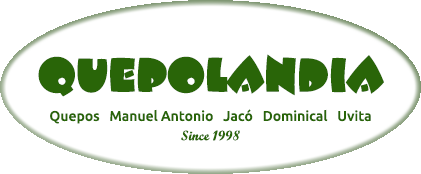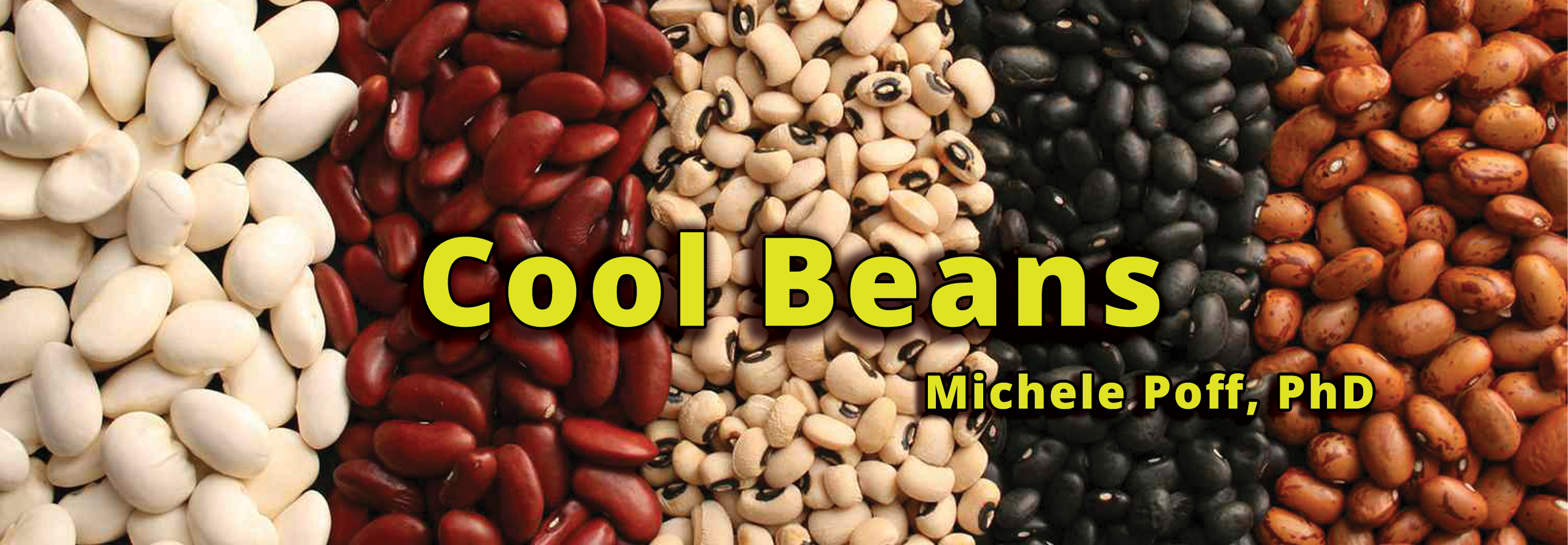Cool Beans
Beans! Grown in many of the world’s nations, beans and other legumes nourish a lot of humanity. They’re worth a better understanding nutritionally.
Nutritional Profile
Legumes are a group of foods that includes beans, lentils, and garbanzos. Legumes are high in protein and relatively low in carbohydrates, with no fat. They also have plenty of fiber and antioxidants.
Beans also have some natural toxins that will make us humans quite sick. This is why we soak them and cook them before eating, to help reduce and kill these toxins.
To Soak or Not to Soak
Whether to soak the beans or not is not really a question of cooking time. Even without a pressure cooker, the time needed to cook pre-soaked or dry beans is just a few minutes.
Pre-soaking can improve the texture of the bean, helping it hold its shape as it cooks. It can also help with getting beans creamier. Some say pre-soaking makes for better flavor.
Most importantly for most people, pre-soaking is a way to leech out some of the toxins in beans. Oligosaccharides are a type of carbohydrate not easy to digest and that can lead to gas, bloating, and other digestive issues, and lectins and phytates are types of proteins and phosphorus compounds that can interfere with nutrient absorption. Pre-soaking beans (and tossing the soaking water) draws out some of the oligosaccharides, lectins, and phytates, helping with easier digestion and better nutrient absorption.
Soaking Time
Certainly, a main reason people don’t soak their beans is because they don’t think far enough ahead of time. It’s recommended to soak them for five hours or overnight. In this climate, inside the fridge is a great place for this soak.
You can also cheat a little. Bring your dry beans to a boil, then turn off the stove and let them soak in the hot water. In about an hour they’ll be plumped up and ready.
Raw Beans
Most beans have enough plant-based toxins (lectins) in them that they will poison you if you eat them raw or undercooked. Those toxins get cooked out in the cooking process. But you shouldn’t eat most beans in raw or sprouted forms or you will get very sick.
SAFE legumes to eat RAW or SPROUTED
- Peas
- Fava beans (especially very young)
- Mung beans (have zero lectins; better sprouted)
- Safe to eat SPROUTED NOT RAW
- Chickpeas
- Lentils
- Soy
NEVER eat RAW or SPROUTED
- Red kidney (highest toxicity among raw beans)
- White
- Black
- Pinto
- Red
- Broad
- Great Northern
- Navy
- Lima (have a chemical that becomes cyanide when digested)
- Peanuts
Sprouting
If you remember from growing a bean plant in a Styrofoam cup in elementary school, each legume is actually a seed in dried form. When you sprout it, this activates the germination mechanism and releases a whole fresh set of nutrients. This alters the composition of the seed. It also becomes a “live” food, carrying vibrance and vitality. Many people on a raw plant-based diet eat a fair share of sprouted legumes. Some grains can also be sprouted and eaten raw in this way. As indicated above, only a few legumes are safe to eat sprouted. Sometimes sources conflict so please do your own research before consuming raw or sprouted legumes or grains.
Cookin’ dem Beans
To get your beans on the really soft side, a pressure cooker does the trick. Whether the pressure cooker is a fancy new appliance or a crude aluminum pot with a pressurized lid doesn’t matter. If you want your beans soft, the heat inside the pressurized pot will help you get there.
Pro tip: don’t cook your beans with tomatoes or other acidic foods or the beans will not cook properly. They will need hours and hours on the stove and still won’t be right. If you want tomatoes with your beans, combine after cooking.
Sweet Beans?
Yep. In many of the world’s countries, they’ve figured out how to make desserts with beans. In fact, if you want to make vegan brownies or cake with a mix, just add a can of unseasoned beans to the blender with the mix.
However you like them, enjoy your beans!
Bean Love
This December, share a pot of Brazil’s favorite comfort food, vegan style. Follow it up with a mocha mousse cake!
Vegan Feijoada
- 500 g black beans
- 250 g mushrooms
- 500 g tofu in cubes
- 1 diced onion
- 3 cloves garlic
- 1 carrot, peeled and sliced
- 1 T smoked paprika
- ½ t soy sauce
- Salt, oil, black pepper, and bay leaves to taste
- Water
Soak beans 4 hours. In another bowl, combine soy sauce with smoked paprika, and marinate the tofu also 4 hours. Drain both. Cook beans with salt and bay leaves in pressure cooker over medium heat for 20 minutes after it reaches pressure. Set aside.
Brown onion and garlic in oil. Transfer to beans and add carrot. Cook over medium heat 10 minutes. Brown tofu and mushrooms. Add to bean mixture. Stir well and cook until the broth thickens. Season with salt, black pepper and parsley. Serve immediately.
Mocha & Black Bean Mousse Cake
Serves 8
Crust
- 1 cup / 125 g hazelnut
- 10 fresh soft dates (100 g / 3,5 oz), pitted
- 3 T cacao powder
- 1 T coconut oil
- 1 pinch sea salt
Filling
- 1 1/2 cup / 200 g cooked black beans (1 can)
- 5 dates, pitted
- 1 T coconut oil
- 2 shots / 1/4 cup / 60 ml strong coffee
- 1/3 cup / 80 ml plant milk of choice
- 3.5 oz/ 100 g dark chocolate (70%)
Toppings
- 1/2 cup / 65 g toasted hazelnuts
- 50 g / 2 oz melted dark chocolate
- 1/2 cup fresh berries
Crust
Place hazelnuts in a food processor and pulse until pebbled. Add remaining crust ingredients and combine well. Line the bottom of a 8 inch / 20 cm springform pan with parchment paper. Firmly press in mixture, ensuring it’s even. Hold in freezer.
Filling
Add beans, dates, coconut oil and coffee to the food processor; pulse on high ~60 seconds. Heat milk in small sauce pan on low/medium heat. Break up the chocolate and add to the milk. Use a spatula to stir; remove from heat just as the chocolate starts melting. Keep stirring until smooth and thick chocolate mixture. Add melted chocolate to food processor and mix until smooth chocolate filling. Pour filling into the spring pan on top of the crust and place it back in the freezer for 2-3 hours. You can also leave it in the freezer for weeks; just thaw the cake for at least 30 mins if it is deep-frozen.
Decorate the cake before serving. You can either use a lot of berries, or drizzle with melted chocolate and toasted hazelnuts. Store the cake in the fridge for a few hours if you prefer a creamier texture; just remember to remove the sides of the springform pan while still frozen. Enjoy!
Dr. Michele Poff, PhD is a professional writer and educator with a focus in the well-being space. Her latest endeavor, The Alignment Portal (thealignmentportal.com; coming soon!), offers a program consisting of simple and easy ways to feel better quickly and permanently. It delivers deeply insightful formal instruction in small and easy bites combined with live classes on moving energy and guided meditations. Designed for individuals and organizations, it delivers a well-rounded program that will help anyone live a happier and easier life, and will help the workplace improve in every way. For this project, she is partnering with Dr. Mak Kishun, an education specialist in corporate environments, and the Adwait yoga school in New Delhi, India for live classes in kundalini, chakra clearing, and more. She also teaches kundalini and kundalini awakening. Contact her for special rates on both. She can be reached at alignmentportal@gmail.com.

